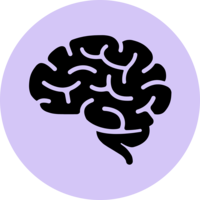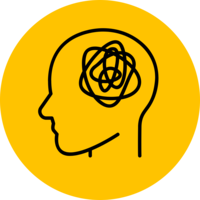Brain dEvelopment and Air polluTion ultrafine particles in scHool childrEn (BREATHE)
The BREATHE study aimed to assess whether exposure of children in primary school to traffic-related air pollutants is associated with impaired cognitive development. The study involved children aged 7 to 10 from 39 schools in Barcelona, Spain, selected based on traffic-related nitrogen dioxide (NO2) values. Schools were paired by socioeconomic vulnerability and type (public/private), with 39 agreeing to participate, reflecting similar socioeconomic vulnerability and NO2 levels as other schools in Barcelona. Families of almost 2,900 children consented to participate, all of whom had been enrolled in their respective schools for at least 6 months before the study. Children were on average 8.5 years old at baseline, and 50% were girls.
Study design
Cohort
Number of participants at first data collection
2,897 (families)
Age at first data collection
7 - 10 years (participants)
Participant year of birth
Varied (participants)
Participant sex
All
Representative sample at baseline?
No
Sample features
Country
Year of first data collection
2011
Primary Institutions
Institute of Environmental Assessment and Water Research (Instituto de Diagnóstico Ambiental y Estudios del Agua, IDAEA)
Instituto de Salud Global de Barcelona
Neurovoxel
Profile paper DOI
Funders
European Research Council (ERC)
Fundacio Centre de Recerca en Epidemiologia Ambiental
Neurovexel
Spanish National Research Council (Consejo Superior de Investigaciones Científicas, CSIC)
Ongoing?
Yes
Data types collected


- Activity log (e.g. food, sleep, exercise)
- Computer, paper or task testing (e.g. cognitive testing, theory of mind doll task, attention computer tasks)
- Physical environment assessment (e.g. pollution, mould)
- Physical or biological assessment (e.g. blood, saliva, gait, grip strength, anthropometry)
- Wearable devices
- Self-completed questionnaire – paper or computer assisted
- None
- Magnetic Resonance Imaging (MRI)
- None
Engagement
Keywords



